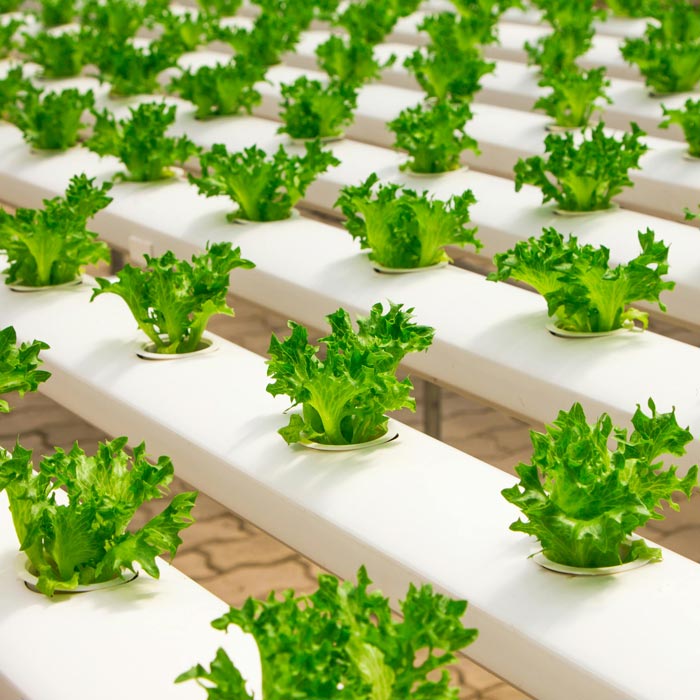Genetically Modified Foods: Helpful or Harmful?
Genetically-modified organisms (GMOs) which include both genetically-modified foods and genetically-engineered animals are a controversial topic.
People’s opinions on GMOs have remained divided since the first GMOs were introduced in 1994. I have compiled the research and answers to 4 important questions that will help you make future food choices.
Takeaways:
- GM crops can be beneficial for some farmers and consumers. This is due to a number of factors, but primarily financial impact.
- GM crops can negatively impact the environment, and increase cancer risk. The extent of increased allergenicity remains unclear.
- In 2023, purple tomatoes that contain high levels a certain antioxidant will be available. Around the globe, new GM animals and crops are being developed.
- Whether or not you include or avoid GM food is a decision that depends on your personal or family priorities.
Are GMOs beneficial?
You can ask either the farmer or consumer.
For some farmers , certain GM crops seem to increase yields, improve grain quality, improve pest resistance, withstand heavy herbicide use, and support agricultural and economic growth.
GM crops are engineered so that they contain specific nutrients to achieve desired health outcomes. For example, supplementation with the seed oil of the GM Camelina sativa oil (false linseed) resulted similar improvements in two omega-3 anti-inflammatory fatty acid, EPA and DHA compared to fish oils. Seed oil is a cost-effective way to increase omega-3 fatty acids, which may reduce the risk of cardiovascular disease.
GMO corn also contains lower levels of Mycotoxins. These toxic compounds are produced by fungi and have both short-term and long-term impacts on animal and human health.
Due to government subsidies, GM crops cost consumers less than organic or non-GMO varieties. These foods are a way to reduce household food costs.
[ruby_related heading=”More Read” total=3 layout=1 offset=5]
Are GMOs risky?
Allergenicity
Concerns about GM include the possibility of an increase in allergenicity – or the possibility that a GM product’s new proteins can cause allergic reactions. In the UK and US, research shows that food allergies have been on the rise in recent decades. The rise in food allergies is said to have begun before 1996, when the first GM foods were introduced in the US and before GM crops became common in the UK.
Despite the gravity of potential health impact from GM crops, a review of 83 allergenicity-related studies conducted in 2017 found no human or animal randomized controlled trials in its search to help establish cause and effect relationships. Annals of Allergy Asthma, and Immunology found three studies showing increased sensitivity to GM crops – two to GM corn and one human study to GM soybean that contained a Brazil nut protein. The first two studies did not show an increase in clinical allergies, whereas the third did not test GM consumption of the GM soybean so there are no clinical reactions. Investigators in the third study confirmed that they believed there was evidence of GM induced potential for unintentional allergen gene transfers. A lengthy review found that the evidence supporting the claim that GM plants are more allergenic is not supported by the rest of the evidence. Some studies have found that GM crops had weaker IgE binding than conventional crops. This reduces the allergy potential.
A second study found that many GM plants contain novel proteins at very low levels, well below the common allergenic threshold of one mg. Some experts believe that this low level of novel proteins may reduce allergic reactions, even for those who have a history of allergies.
Environmental impact
Genetically modified herbicide-resistant plants are currently grown in 29 countries. About 80% GM crops are designed to tolerate heavy herbicide use (upto 15-fold!) 80% of GM crops were created to tolerate heavy use (up to 15-fold!) GM crops cannot be recalled after they are planted. They have grown in parking lots, highways and on wild fields. It has led to ” Superweeds”, weeds which survive despite herbicides. The impact of superweeds on millions of acres has been documented in 22 states.
A GM corn variety – Starlink GM Corn – that was only approved for animal feed in the US, found its way into human food in 2001.
Carcinogen risk
In 2015, after reviewing close to 1,000 studies, the World Health Organization’s International Agency for Cancer Research classified glyphosate – the main herbicide used in GM crops – as ” possibly carcinogenic for humans“. The IARC also said that there is “strong” evidence glyphosate can cause genetic mutations, leading to cancer. Incidence of non-Hodgkin’s lymphoma and tumors among animals were the most significant links with glyphosate.
IARC conclusions were announced after a systematic review of publicly available evidence. This is contrary to the conclusions of many regulatory agencies, such as FDA, which rely heavily on industry-funded toxicological research rather than an analysis of publicly available research.
What next, purple tomatoes?
The USDA approved the first genetically modified purple tomato variety in September 2022, and it may be commercially available as early as spring 2023. This is the first GM crop to have genes inserted for a health benefit, rather than an agricultural requirement or desire. These tomatoes have higher levels of anthocyanins – the pigment-rich phytochemical found in berries – which is associated with a reduced risk of cancer and other diseases. No randomized controlled trials in humans have been conducted to date in order to evaluate the health effects of ingestion of this tomato. In a mouse study, this GM tomato increased the lifespan of cancer-prone mice by 30%.
What’s next? Around the world, confined field trials for new varieties GM cotton and corn are underway. Genetically-engineered (GE) Chinook salmon are engineered to triple weight rapidly and are already sold in Canada. A long list of US retailers, with more than 18,000 stores, have pledged to not sell GE salmon.
Despite market concern, current development of genetically-engineered animals includes at least 35 other species of fish, as well as chicken, cows and pigs.
Do I need to eat them or not?
This question is only for you to answer. It depends on your priorities. If you want to lower your food costs while increasing your access to food, GM crops will likely be a wise purchase.
Limiting or avoiding GM plants is ideal if you’re concerned about the unintended effects of GM, cancer risks, and environmental impact.
Whether you choose to limit, avoid, or embrace GMO food is up to you. You can reduce your exposure to GMOs by eating more organic, whole, and fresh foods, and products that are nonGMO Project verified.
Resources
- African Union Development Agency. Genetically Modified Crops in Development.
- European Commission. A Decade of EU-funded GMO Research (2001-2010).
- NIH. The allergenicity of genetically modified foods from genetically engineered crops: A narrative and systematic review.
- Friends of the Earth. Largest U.S. Retailers Reject Genetically Engineered Salmon Ahead of Potential First U.S. Sales.
- Ge-Fish. Genetically Modified Salmon.
- WHO. IARC Monograph on Glyphosate.






